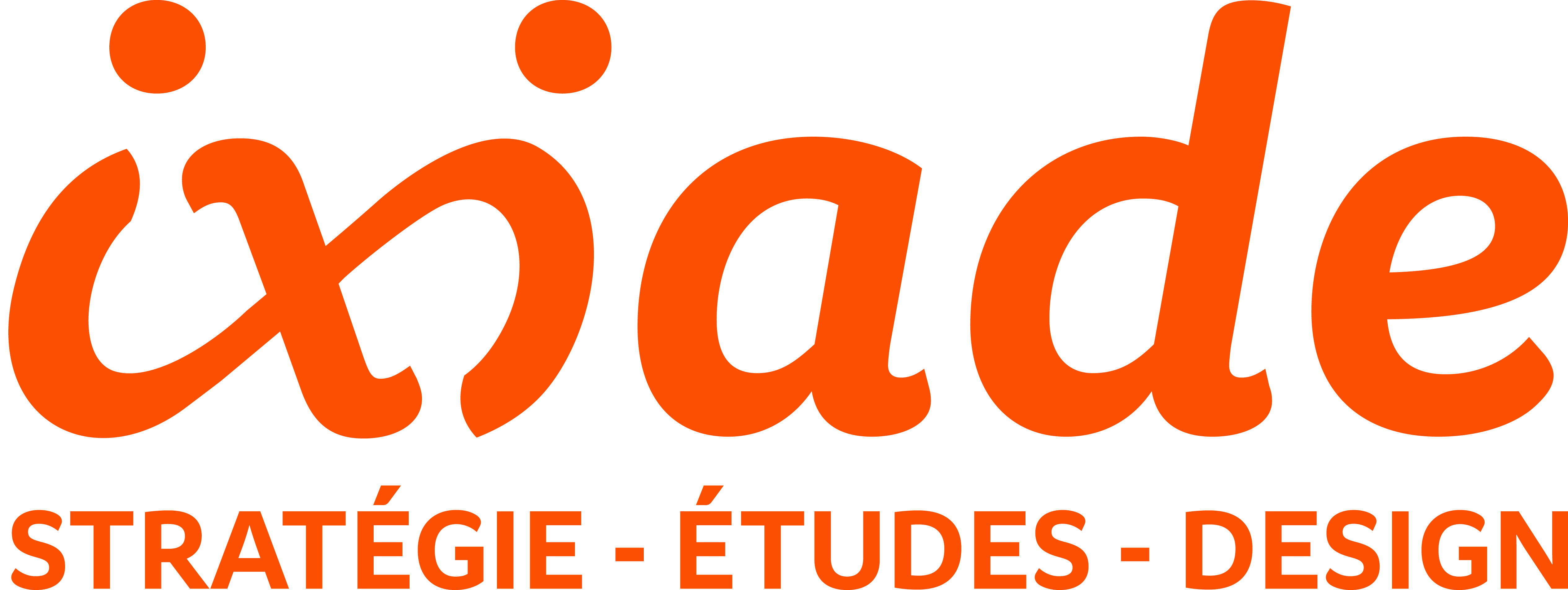Anticipating the future plays an important role in innovation projects and is necessary to take appropriate strategic decisions. But as the world becomes more and more connected and complex, how can we identify the most relevant paths? How can uncertainties be reduced? Experience shows that a deterministic perspective is not sufficient to explain the social integration of technologies. So how can we anticipate the uses that come with the development of new products and services? How can we sketch a plausible scenario for the future that would be precise enough to make concrete suggestions today? A beginning of answer by Niklas Henke, UI Designer at Ixiade.
What are the key factors for conceiving precise scenarios and anticipating uses?
To carry out a prospective research of tomorrow’s uses, it is first necessary to conduct ethnographic works. The objective is to define major areas of change while identifying and characterizing opportunities, then to develop prospective scenarios and determine strategic implications. To achieve this, the approach is divided into four stages: 1. the divergent phase, 2. the convergent phase, 3. the construction of representations, 4. the strategic implications.
1. The divergent phase is used to open up the field of possibilities without introducing any objectivity. The idea is to immerse oneself in the field and collect all available information (weak signals, scientific and technical articles, reports from consulting companies and institutions, news, …) in an unstructured or associative way. At Ixiade, in a user-centric approach, this desk research phase is often enriched by other collecting methods such as expert interviews or in situ user observations.
2. The convergent phase then consists in structuring the collected information and identifying societal, technological, economic, ecological and geopolitical forces, in order to classify them according to their impact on the field and their uncertainty level on the topic. This prioritization gives orientations on the future but also strengthens the conclusions by comparing the experts’ opinions and by going back and forth between the desk research and the ethnographic tools.

3. The construction of representations in the form of concrete scenarios is then based on the determined axes of change. To anticipate prospective uses, it is recommended to focus on everyday aspects (where the greatest value potential exists). These representations are then analyzed and filtered according to their plausibility and the content of the collected information.
4. The strategic implications can then be deduced from the selected scenarios. As soon as a relevant and concrete scenario emerges, an action plan can be established to respond to it, for example via a Canvas Business Model.
How to deal with these results? The Usage Prospective Approach is used to quickly build precise scenarios in a future full of uncertainties, based on a variety of different sources of information (which makes it possible to go into the details of a highly complex subject). Even if the future remains uncertain, this approach helps to reduce the probability of facing unforeseen trends and allows to anticipate the evolution of products and the uses that accompany them. Therefore, the usage prospective approach reveals justified and plausible future orientations and enables to anticipate their strategic implications.

